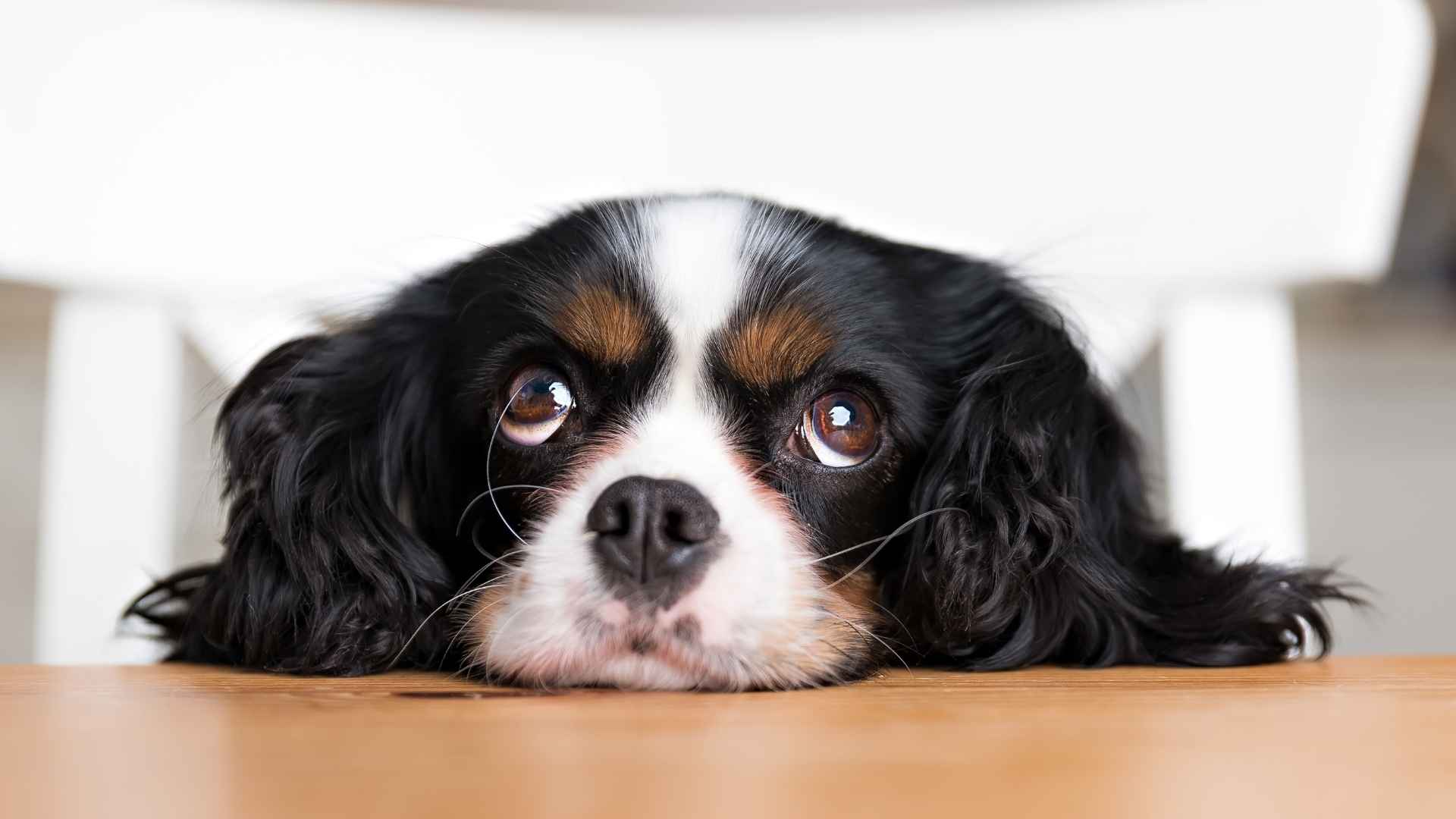Did you know that about 72% of dogs show signs of anxiety. Anxiety in dogs is more common than most pet owners realize. From loud noises to dog anxiety, certain breeds are more prone. These anxious dog breeds may experience stress from extended periods alone or a lack of mental and physical stimulation.
No matter that you’re dealing with excessive barking, destructive behaviors, or just a pup that clings to you constantly, it’s most important to understand the breed risk. Here in this article, we explore seven dog breeds that are prone to anxiety and how to support them.
Anxious Dog Breeds
1. Miniature Schnauzers
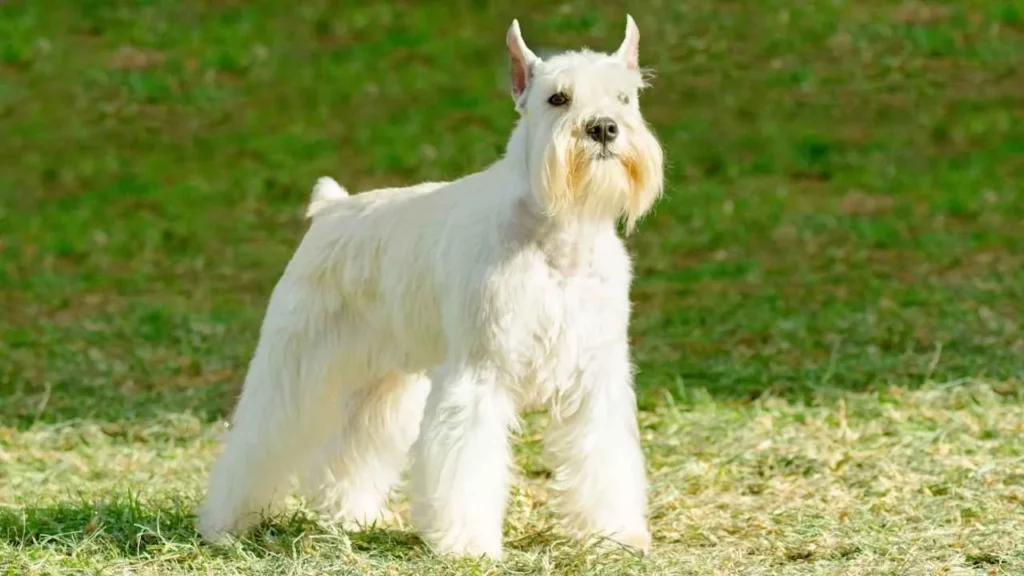
The Miniature schnauzer is a lively companion dog. But behind that beard lies a breed prone to anxiety. These dogs are sensitive to noise triggers, especially loud noises like thunderstorms or fireworks. They thrive on close companionship and often develop separation anxiety if left alone for long hours.
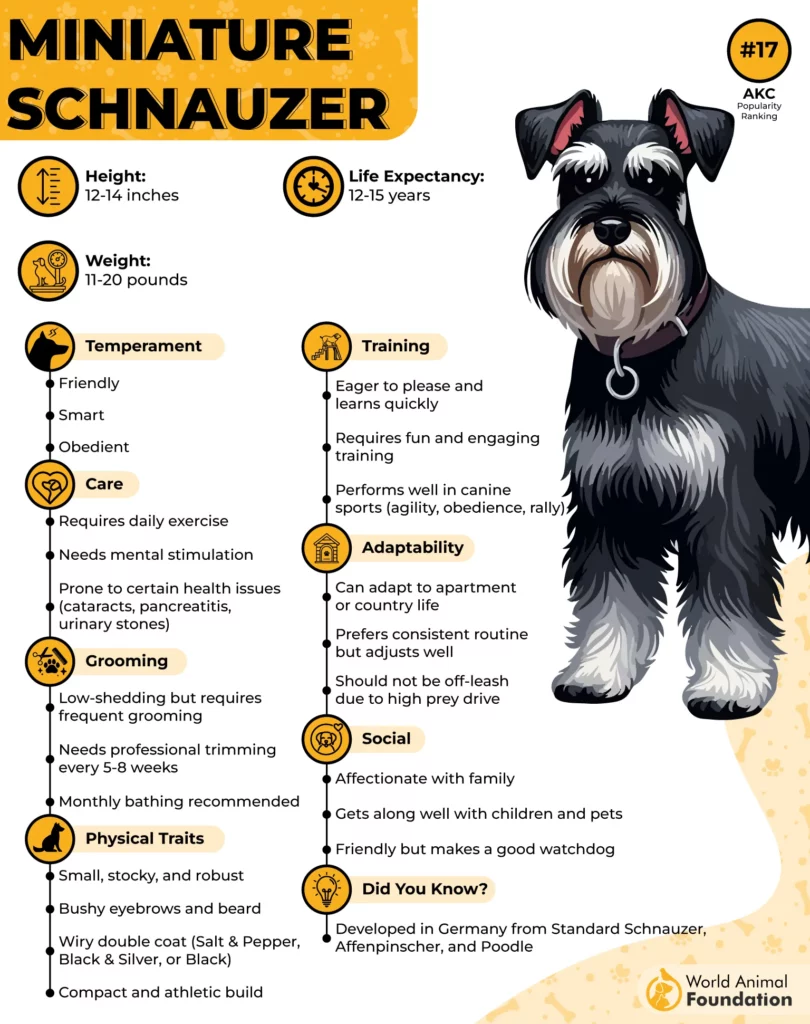
Without enough mental and physical stimulation, they may show destructive behaviors like chewing or excessive barking.
They prefer to be in environments with structure, companionship, and positive reinforcement. Early training methods and behavioral support can significantly reduce anxiety levels.
2. Australian Shepherds
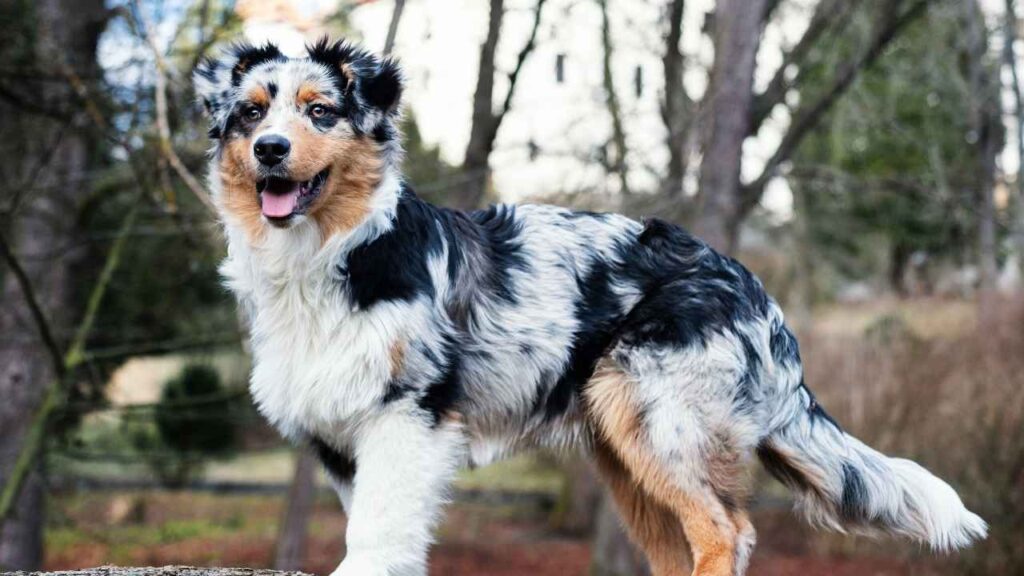
The Australian Shepherd is a smart, energetic breed originally developed to herd livestock. It makes them classic herding dogs. These dogs thrive when given consistent mental stimulation and jobs to do. Without enough activity, they can become some of the most anxious breeds, showing signs like tail chasing, barking, or even canine aggression.
Aussies typically weigh between 40-65 pounds and thrive in active families that can match their high energy level. These dogs are not suited for laid-back households. Their double coat requires brushing several times a week, especially during shedding seasons.
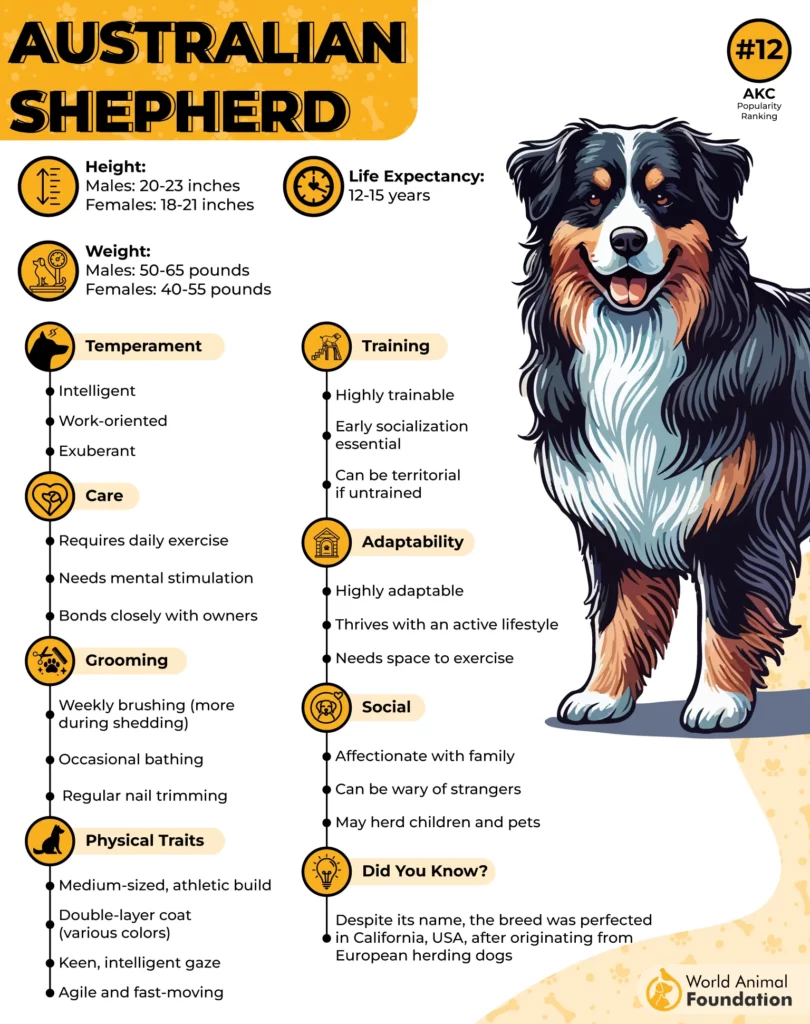
Their anxiety is often rooted in boredom or a lack of physical and mental stimulation. They’re sensitive to changes and require structured routines.
Early socialization and positive training methods are essential for their emotional health. Owners must provide outlets for their instincts to avoid anxious behaviors.
3. Beagle
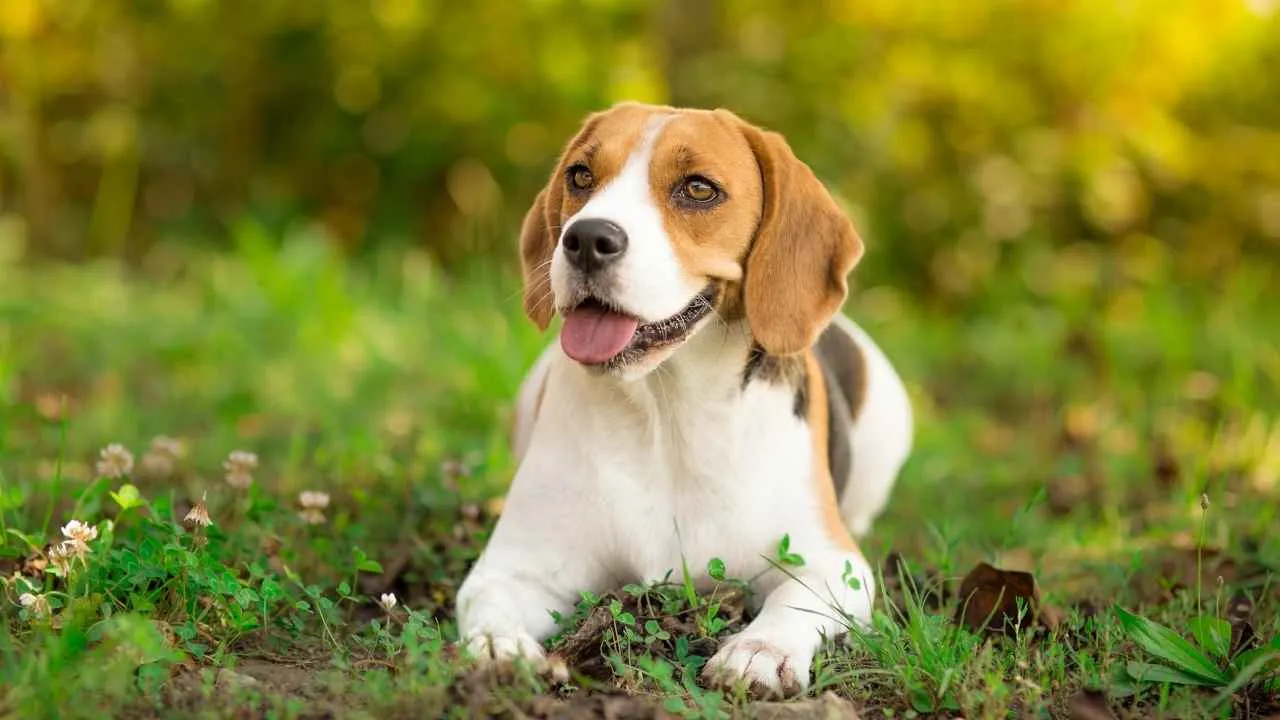
The Beagle is a cheerful, social breed known for its friendly nature. However, they may face separation anxiety if they’re not socialized properly from a young age. Originally bred as hunting dogs, beagles were meant to live and work in packs. This makes them dislike being left out of their human family members’ company.
Beagles are known for their big personality, fun-loving attitudes, and compatibility with other dogs. They can, however, become vocal or show stubbornness if left under-stimulated.
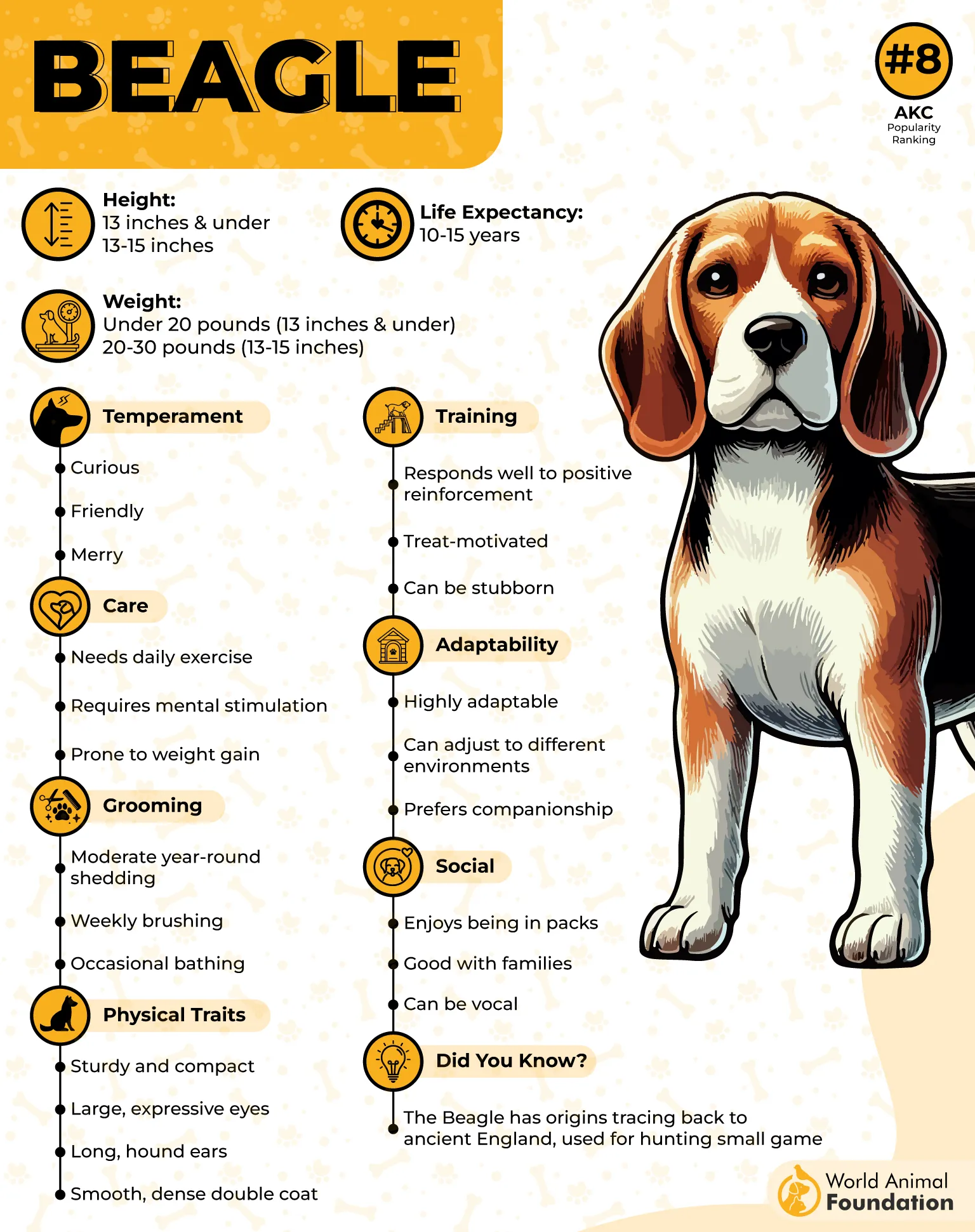
Their short coat is easy to maintain, but regular mental and physical exercise is essential to avoid behavioral issues. When they don’t get adequate exercise or mental challenges, they often show anxious behaviors such as destructive chewing, howling, or digging.
They are great family dogs, but they match best in a home with a stable routine or constant companionship.
4. Bernese Mountain Dogs
This breed is a gentle giant known for its affectionate nature and loyalty. They make excellent companion dogs. They are also quite prone to anxiety, especially when left alone. These dogs crave close companionship. Due to the unavailability of human family members, they can feel lonely and develop anxiety.
These dogs can weigh 70-115 pounds and have a thick, tri-colored coat that requires regular brushing. Despite their size, they are incredibly gentle with little kids and tend to act like gentle giants.
Without enough mental and physical stimulation, they may experience behavioral problems like pacing, barking, or clinginess. Providing routine, attention, and social interaction helps reduce anxiety in dogs of this breed.
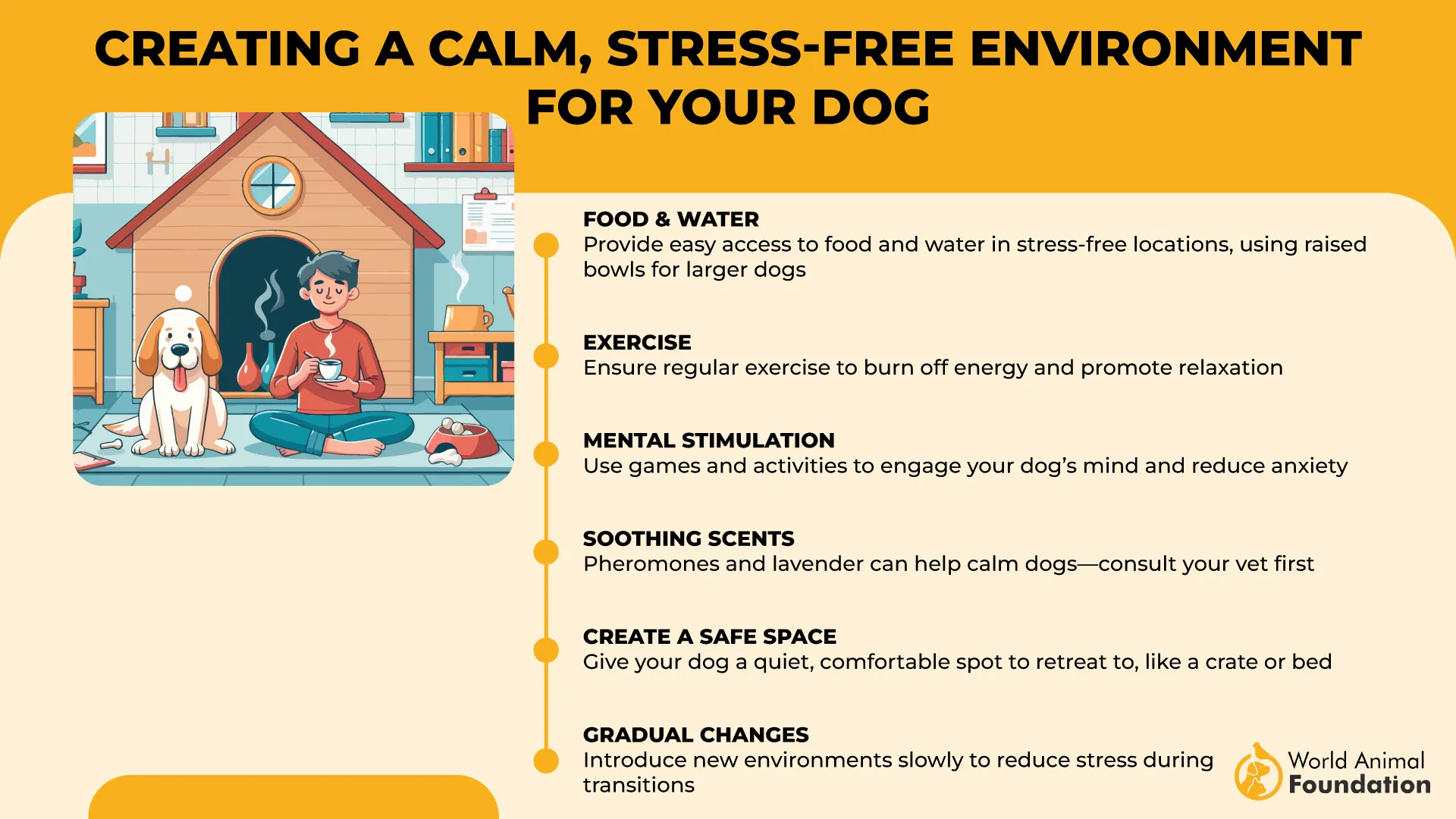
Health concerns like bloat and joint issues are more common in this breed, so regular vet visits and moderate exercise are crucial.
5. Cavalier King Charles Spaniel
Cavalier is a gentle and affectionate breed. It is often described as a typical companion dog. However, their strong attachments to their family members make them particularly prone to anxiety. So it’s very important to keep their behavior problems in mind before leaving them for long hours.
Their silky coat requires moderate grooming, and while they don’t demand intense activity, they do enjoy daily walks and cuddle time.
This dog needs early socialization and interactive play to stay balanced. According to Hill’s Pet, consistent routines help reduce stress in most dogs.
6. Dachshund
The Dachshund is famous for its long body and short legs. It typically weighs 11-32 pounds, depending on whether it’s a miniature or standard size. These bold little hunting dogs were bred to chase burrow-dwelling animals. Their alert nature means they are sensitive to anxiety triggers, including loud noises or unfamiliar other dogs.
They can be a good option in both apartments and houses, but they need mental outlets. Without adequate exercise or simulation, anxious behavior like excessive vocalization or unusual chewing can take place.
According to Purina, they required high-protein, portion-controlled meals to maintain a healthy weight and energy. Puzzle Feeders and interactive toys are great for keeping their minds sharp and away from anxiety-related behaviors.
7. German Shorthaired Pointers
The German Shorthaired is a high-energy sporting breed that can weigh 45-70 pounds. They need space to run and work. This trait makes them better suited to homes with large yards or active dog owners.
Without consistent activity, they’re among the most anxious dogs. Often showing signs like destructive behaviors, canine aggression, or restlessness.
These dogs need plenty of physical and mental stimulation daily. Regular training, field games, and long walks help prevent behavior problems.
A protein-rich, performance-oriented diet is ideal, such as those recommended by VCA Animal Hospital. They form strong bonds with their human family and often suffer from severe separation anxiety if left alone for too long.
Conclusion
Whether you are raising a mixed-breed dog or purebreds. It’s very important to understand the root causes of anxiety in dogs. Because most of the dog owners never know which is a mixed-breed dog. While some individual dogs may experience anxiety due to past trauma or lack of stimulation, other inherits it through selective breeding. Certain dog breeds, such as guard dogs or herding breeds, show a higher prevalence of anxiety-related issues. It is only possible due to their natural alertness and noise sensitivity.
Breed differences play a big role in how dogs respond to the world. For example, some social dogs may feel overwhelmed by loneliness, while others may react strongly to noise sensitivity or changes in routine. These anxiety triggers can lead to behaviors like excessive barking, chewing, or even aggression.
There is no single ” Anxious dog type” even within the same breed; personalities and risk factors vary. Some dogs may thrive with minimal supervision, while others need constant Companionship. The key is understanding what your breed thrives on, be it physical activity, mental stimulation, or calm environments. If your dog suffers from anxiety, consult your vet and explore reputable sources for treatment options, behavior advice, and long-term care strategies.


